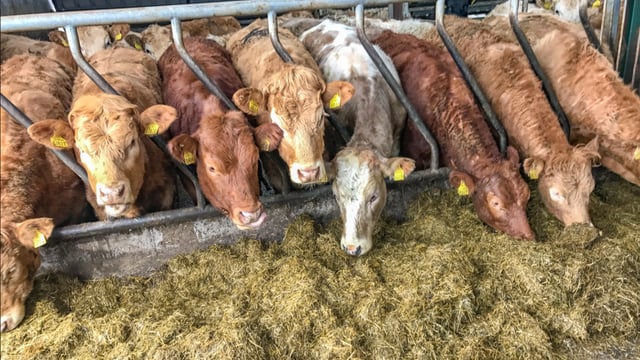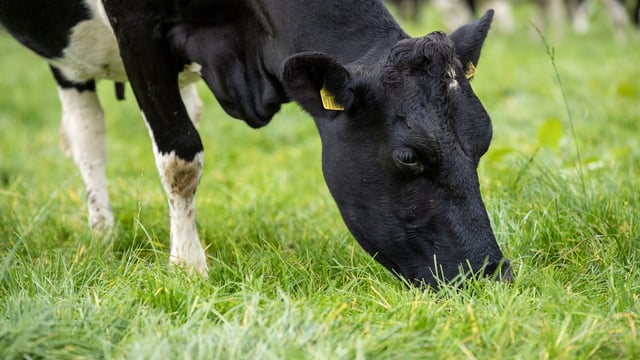Limerick RVL determines injury from dosing gun caused calf death
A review of a farm's dosing technique for calves was recommended by the Limerick regional veterinary laboratory (RVL) following the post-mortem examination of a four-month-old friesian heifer calf.
The calf was examined by the RVL just two weeks after it had been dosed for lungworm with a dosing gun.
This was detailed in the most recent RVL report that was published in the Veterinary Ireland Journal.
Following dosing, the four-month-old friesian heifer calf subsequently developed a large cranial swelling with a nasal discharge and cough.
The necropsy (autopsy) by the laboratory revealed swelling in the sub-mandibular area (under the lower jaw); incision revealed a large haematoma (bleeding outside of blood vessels) and a small abscess at the entrance to the upper airways and oesophagus.
The surrounding tissue was necrotic (dead cells) with rupture of the proximal end of the oesophagus.
The lungs of the calf had a multifocal, dark-red lobular pattern, and the rumen contained a few small ingested blood clots.
A careful inspection of the farm’s dosing gun and a review of the technique for dosing calves was advised by the RVL.
Meanwhile, the report detailed that another four-month-old calf was presented to the RVL with a history of rapid deterioration following the administration of a bolus.
The bolus was located within the retropharyngeal space (the back of the throat) with extensive inflammation and infection of the surrounding tissues.
A review of bolus administration technique was advised by the RVL.
Forceful use or misuse of dosing guns can damage an animal’s mouth and pharynx andd care is required with boluses, as significant injuries or even death can occur if calves are below the recommended age or weight or if incorrect applicator guns are used.
Damaged or worn equipment (e.g. dosing guns) can inflict unnecessary stress and injury on stock and constitute an animal welfare hazard.





